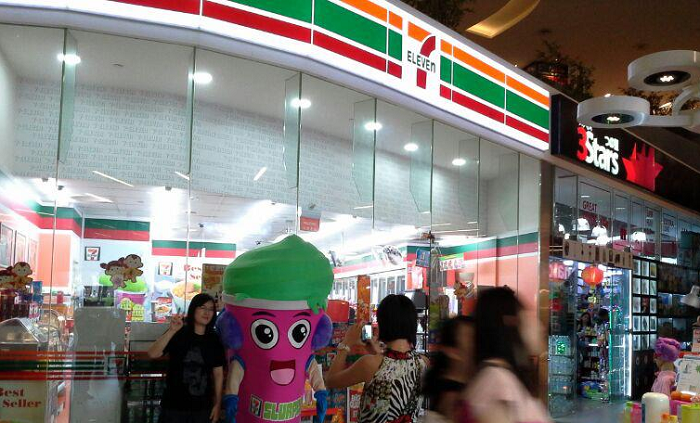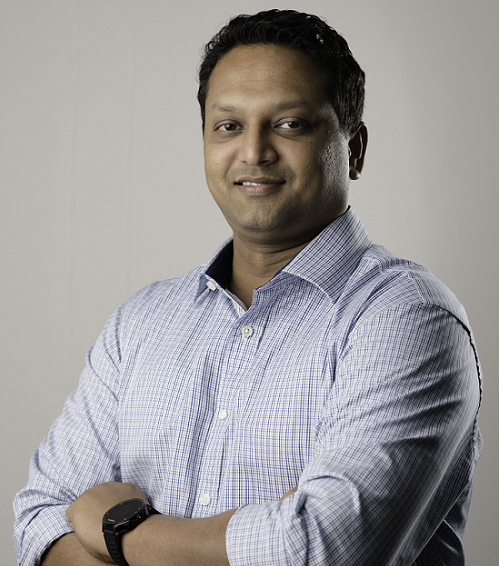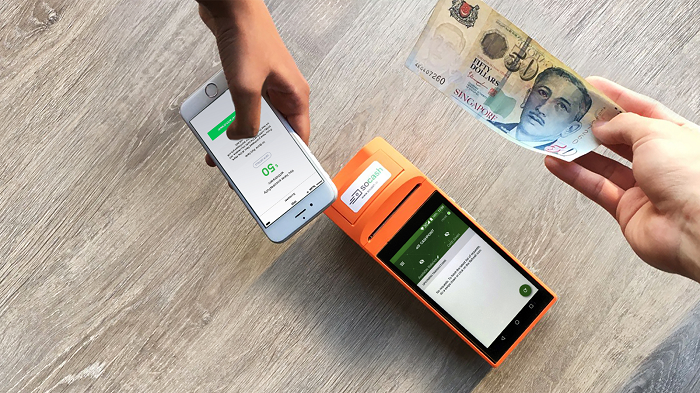Making cold, hard cash easier to access by eliminating ATMs
By Kiran Kaur Sidhu October 21, 2019
- Founder Hari Sivan highly doubts that digital payments will kill cash
- Scaling into Malaysia and Indonesia tougher than expected due to complexities

Every now and then, we hear of innovative solutions that are hardly rocket science but could potentially improve conventional ways. Enter soCash, which, by blending seamlessly to customer habits and addressing a real market need, has come up with a simple concept to enable people to withdraw cash from various brick & mortar premises such as shops, cafes, convenience and grocery stores instead of looking for the nearest ATM.
With the prevalence of automated teller machines (ATMs) which represents the old way and the current push towards using e-wallets, soCash’s business model may raise eyebrows as it helps people get cash from physical stores. But as founder and chief executive officer, Hari Sivan (pix, below right) explains, it offers a win-win situation “because the inefficiencies in cash logistics affect banks as well as retailers.” And besides that, he thinks it is hogwash that digital payments will kill cash.
Despite the growing popularity of e-wallets, Hari remains unfazed since data indicates that cash in circulation is still high at about 9% of GDP in Singapore and 7.4% of GDP in Malaysia according to the central banks of both countries.
Founded late 2016, the Singaporean-headquartered company raised US$6 million (RM24.65 million) in a Series B round in July. Investors included Standard Chartered Singapore and one of the largest cash automation companies, Glory Ltd with the funding to be used to enter the Malaysian, Indonesian and Hong Kong markets.
The company has set up partnerships with POSB Bank, DBS Bank, Industrial and Commercial Bank of China (ICBC) and Standard Chartered in Singapore. As for Malaysia and Indonesia, partner banks will be announced at the launch by year end.
Establishing the soCash need
SoCash was first piloted in early 2017 with funding from the Monetary Authority of Singapore. Fast forward today, Hari says the approach is one that is data-driven to replace the ATM network. “Based on the [transactional] data we give, banks in Singapore have removed some of their ATMs.”
For instance, if soCash reaches a particular number of transactions at a particular building, the bank is provided with this data and then can opt to remove its ATM in the building. Other than cash in circulation data, soCash also has on hand data in terms of cost. “Typically, the three local banks together spend about US$183.1 million (SG$250 million) yearly [on their ATM networks]. So building a business case was pretty easy as we found that in Singapore, banks were willing to let ATMs go.” The physical infrastructure, in the world’s highest cost of living city, incurs high maintenance and rental costs for banks.
By using technology and borrowing ideas from Uber and Grab – specifically on using assets already available and linking them to demand, soCash has built a network of cash point outlets that can be replicated across markets. In Singapore, it crossed 1,000 outlets after signing up the 7-11 chain in Oct 2018.
“The idea is, if everybody can withdraw cash from our outlets, then you don’t need the ATM infrastructure. We create a network of these cash point outlets and train our merchant partners to do basic banking service,” explains Hari.
Users only need to key in their desired amount of cash for withdrawal on the soCash app. The app then informs the user of the nearest retail location with available cash for withdrawal via QR code. “There is no set up of any account. We don’t own money, we are not a wallet,” Hari stresses.
Providing insight into how soCash works, Hari explains, “The whole idea is to circulate cash. All businesses collect cash and deposit cash. Depositing cash requires people to go to the branch or call up cash logistics companies. So, what soCash does is match the demand of consumers who need cash to the availability of cash.”
For instance, a merchant’s S$5,000 in cash earned for the day could see multiple withdrawals made totalling to the same amount. This amount then gets deposited into the merchant’s business account directly without hassle and without paying a cash logistics party and on top of that, the merchant earns a fee by offering soCash’s services.

Offering convenience beyond cash
Essentially, soCash offers cash distribution convenience. “We will never become a virtual bank,” he candidly says. “We are probably the only interoperable network in Singapore. Banks are already becoming digital – there’s no stopping them. We just provide distribution that allows people to do certain transactions that require fulfilment. We can provide the network.”
SoCash’s business model started off in Singapore with cash withdrawals, deposits and conversions. One of the issues of banking doing digital, Hari highlights, is the reduction in physical touchpoints. This has become an opportunity to him through his cash point outlets.
“We are offering more and more services in our cash point outlets like account opening, personal loan applications,” he said. While cash withdrawals would require users to scan the QR codes at the merchant cashier, personal loan applications can be done via the app since “the merchant is only advertising the service.”
Although many loan comparison sites offer loan application services too, Hari points out that these only work for a small segment of the population which is looking for loans via search engines. Advertising the service at merchants is an effective way of reaching customers, he believes. Hari declined however to share how the merchants are compensated for advertising the loan services.
Rapid expansion and complexities
Over the last 15 months, soCash has also been working in parallel with regulators in Malaysia, Indonesia and Hong Kong to offer its services in these markets. With approvals currently in order, the funds raised recently will be put towards these expansion plans.
According to Hari, Malaysia and Indonesia were chosen as the next target markets due to their proximity to Singapore. Nonetheless, setting up operations have proved to be challenging. “The countries are much bigger. We are used to operating in a small place and now we are continuing to operate that model in Jakarta, which is ten times bigger than Singapore, and Kuala Lumpur, which is five times bigger.”
“Building the team is difficult. We are constantly looking for people. We underestimated the complexities in the launch,” he shared frankly, adding that their current focus is on “hiring a few senior people” in growing from a bootstrapped team to a more professional model.
SoCash is actively hiring across the board for sales and relationship managers, marketing, payment operations, customer service and product management.
Although Hari declined to share the breakdown of funds geographically, he said that 90% to 95% of soCash transactions in Singapore currently are cash withdrawals. However, he expected the Malaysian ratio to be quite different.
“In Singapore, the deposit demand is very low because most people are salaried employees who get their pay via bank transfer,” he said, alluding to differing expected demands from Malaysians.
The company has managed to secure partners in Kuala Lumpur with almost 3,000 outlets, while one of the retail chains also spreads across Malaysia. It is expected to launch in Malaysia by year end.
As for soCash’s choice of entering the Hong Kong market, Hari shares that the number of transactions per ATM is one of the highest in the world at 8,000 transactions monthly. Considering the construct of communities in the country with offices, residencies and shops; soCash would be the perfect fit with the concept of cash circulation within closed ecosystems as such.
Overall, Hari is convinced that soCash is good for society. “Because it reduces the cost of banking, if the banks are customer focused, they will give back to their customers,” he says, meaning they should pass on the cost savings of running less ATMs, thanks to soCash’s model, back to their customers.
Related stories:
e-Wallets will come into their own sooner rather than later
soCash raises US$6mil in Series B funding
MyFintech Week 2019: Fintech may empower the underserved, but also risks leaving them further behind


